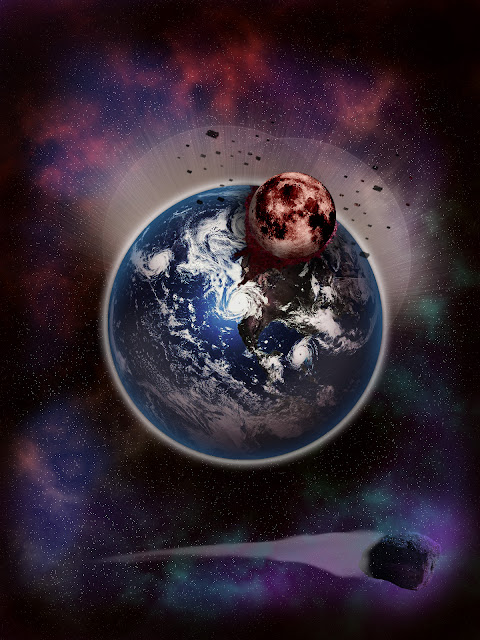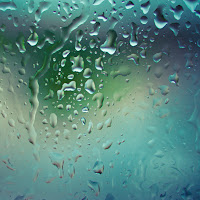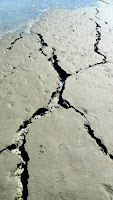This is my matte painting. Here I present a realistic apocalyptic hide out. The scenerio was turned into a bloody battle where defense is been taken near this house. A lot of painting and blending modes and layer styles were applied using this. Trail and error occured first as i tried to change the sky into something different. When using a channeled layer to try to removed did not work
successfully. With that done not working I decided to work with the lighted sky I had and added a sun shine come it going through the gaps between the trees. A brush set to dissolve was used then fiitered with a radius blur. To make lighting real on the painting I brightened the side of the house where was hit along with the rocks and made the other side darker. Painting on the rocks was done were I added extra green for agedness and blood for décor. The hole in the house was also done as a it was it an extra exit out to defend the lines. After painting the hole I added a layer style to make it pop out more. And extra cracks, stains, and blood were added to the house for more décor. The wall you see at the front is a barrier to hold of trespassers for a while. I painted more stains and blood on this barrier. Many adjustment layers were used to get a decent looking scene.



























